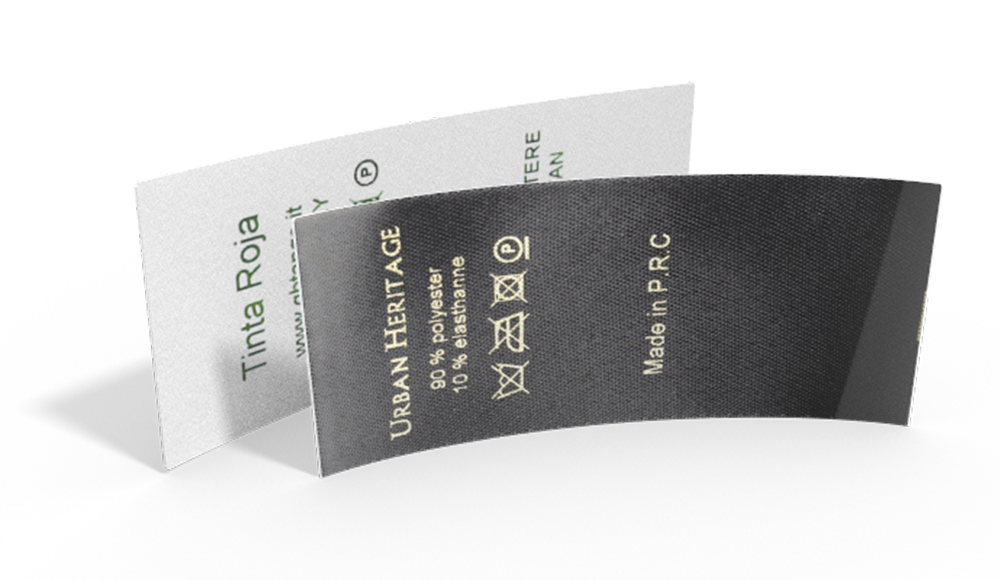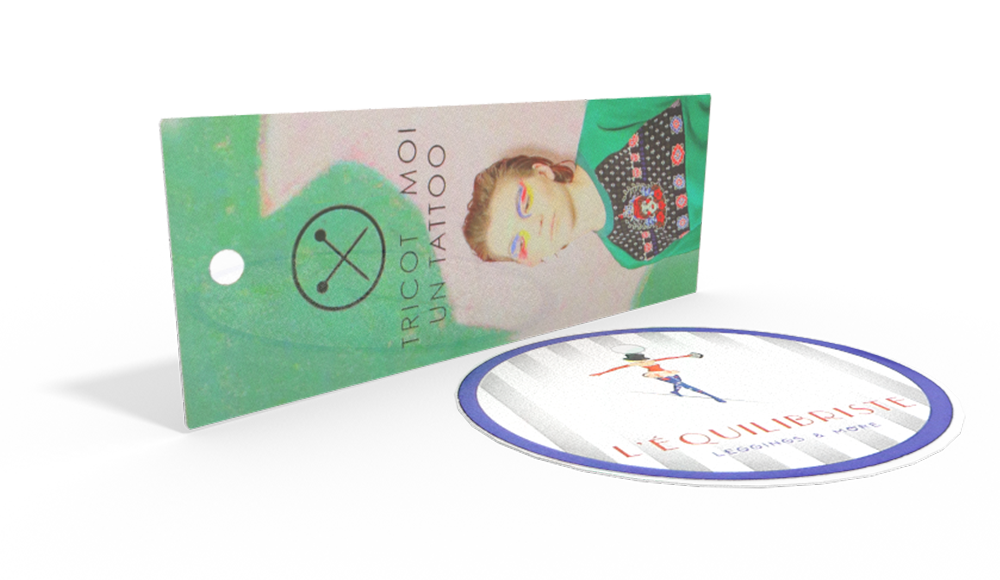When attempting to reduce our carbon footprint, most of us turn to the obvious: we try to minimize our driving time, use less air conditioner, and perhaps eat more locally-grown foods. But what about wearing different clothes?
A LOT of energy goes into producing clothing, but some materials are better than others. In the infographic below, we break down the process that goes into producing 8 of the most common clothing materials and also identify the ounces of CO2 emissions that go into producing one ounce of material. Of course, lower is better!
To understand just how eco-friendly your clothing is, check out the infographic below:

If you have ever wondered what the carbon footprint of your clothing is, you are in luck! In this infographic, we list 8 common clothing materials based on their carbon footprints.
Material: Lyocell - Biodegradable
- Time to Maturity: 7 years
- Commonly Used In: Underwear, casual wear, towels and denim
- How it’s Made: Hard wood is chipped into small, square pieces that are then softened by removing lignin. Then milled to wet pulp, bleached and dried through spinning.
- Ounces of CO2 Emissions/Ounce of Material: 4.4
Material: Linen- Biodegradable
- Time to Maturity: Synthetic
- Commonly Used In: Table cloths, dish cloths, bed sheets, furniture covers
- How it’s Made: Made from the flax plant, which is harvested and then dried. Next, it is threshed to remove its stalk, seeds and other unwanted materials. Bacteria is introduced to further decompose the materials in a process called retting, and once the material is further broken down until it can be spun into a yarn.
- Ounces of CO2 Emissions/Ounce of Material: 7.1
Material: Cotton (Conventional)- Biodegradable
- Time to Maturity: 3 years
- Commonly Used In: Bedding, towels, t-shirts mattresses and cushions
- How it’s Made: It is made from a mixture of cotton and polyester through the same procedure discussed above once mixed together the difference comes when drying for it uses microwave drying method.
- Ounces of CO2 Emissions/Ounce of Material: 10.2
Material: Recycled Polyester - not Biodegradable
- Time to Maturity: NA (Synthetic)
- Commonly Used In: Poly neck jackets, denim tops
- How it’s Made: The plastic from plastic bottles (called PET) is sterilized and crushed into small chips. These chips are then heated into a yarn that is then baled, dyed and knitted into polyester fabric.
- Ounces of CO2 Emissions/Ounce of Material: 9.2
Material: Organic Cotton - Biodegradable
- Time to Maturity: 6 months - 1 year
- Commonly Used In: Bedding, towels, t-shirts, mattresses and cushions
- How it’s Made: Once the cotton is harvested, it is separated from its seed. It is then sterilized and bleached being spun into rolls of material
- Ounces of CO2 Emissions/Ounce of Material: 10.2
Material: Bamboo - Biodegradable
- Time to Maturity: 3-5 years
- Commonly Used In: Shoes, hats and (increasingly common) other types of apparel
- How it’s Made: Bamboo trees are harvested, then retted. Fiber is extracted and spun into a yarn.
- Ounces of CO2 Emissions/Ounce of Material: 12.7
Material: Spandex- not Biodegradable
- Time to Maturity: NA (Synthetic)
- Commonly Used In: Shorts, leggings and jerseys, gloves, swim suits and other skin-tight garments
- How it’s Made: Spandex was originally developed in the 1950s as a replacement for rubber, and is made by reacting a polyester with a diisocyanate to form polyurethane
- Ounces of CO2 Emissions/Ounce of Material: 14.0
Material: Nylon- Biodegradable
- Time to Maturity: NA (Synthetic)
- Commonly Used In: Military uniforms, umbrellas, ponchos
- How it’s Made: Made in a chemical process in which two sets of molecules are combined, heated and then separated into thin strands.
- Ounces of CO2 Emissions/Ounce of Material: 15.9
Sources:
https://www.infobloom.com/how-is-nylon-made.htm
https://visual.ly/community/infographic/environment/carbon-footprint-clothing


























